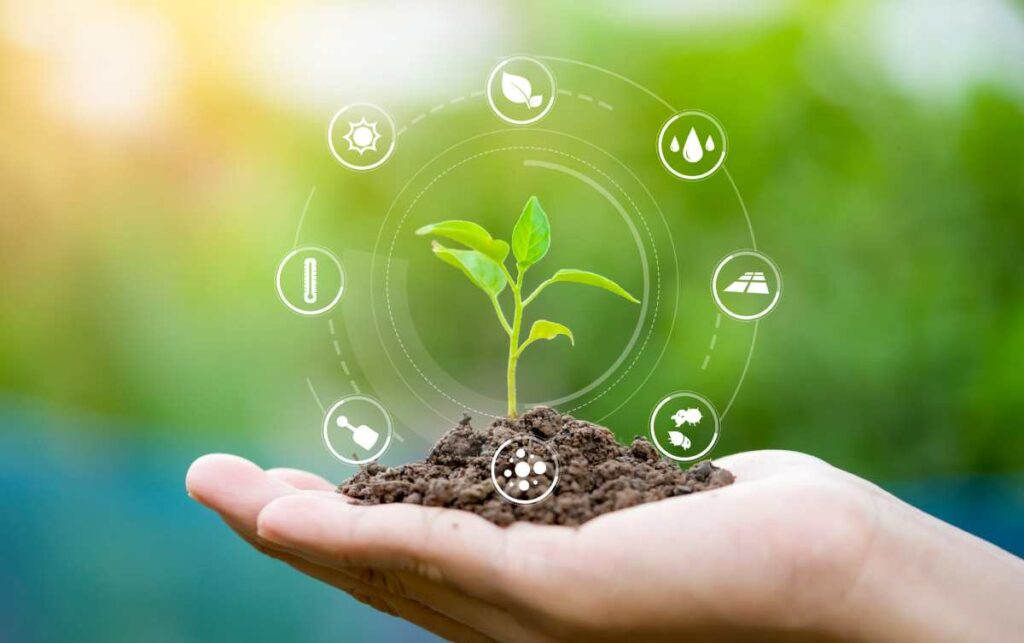As the world population continues to grow, so does the food demand. Agricultural innovation is more critical than ever, and there are several trends worth watching in this field. Here we will discuss some of the most critical agricultural innovations. Stay tuned for an in-depth look at these exciting new developments.

Agricultural Innovation Is More Important Than Ever Before
Agricultural innovation is more critical than ever before for many reasons. First, the world’s population is continuing to grow, with it, the demand for food. Agricultural innovation can help increase yields and produce more food with fewer resources. Second, climate change is a significant challenge that agriculture faces.
Innovation can help farmers adapt to changing conditions and weather patterns. Finally, agricultural innovation can help reduce agriculture’s impact on the environment. By developing new methods and technologies, farmers can minimize their use of water, fertilizer, and pesticides. In short, agricultural innovation is essential for meeting future challenges.
Technology In Agriculture
Technology has always been a crucial part of agriculture. From the development of the plow to the introduction of genetically modified crops, farmers have always relied on technology to help them increase yields, reduce costs, and improve the quality of their products. In recent years, however, the use of technology in agriculture has increased dramatically.
One reason for this is the ever-increasing cost of labor. As wages continue to rise, farmers find it increasingly difficult to afford human workers. Using robots and other automated technologies is one way to reduce labor costs. In addition, new technological advances are making it possible to produce more food with fewer resources. For example, precision agriculture allows farmers to target their inputs more precisely, reducing the amount of water, fertilizer, and pesticides used. As a result, the use of technology in agriculture will likely continue to increase in the years to come.
Drones In Agriculture
Professionals say farmers use drones in agriculture for various reasons. One reason is that drones can help with crop mapping. An accurate field map is essential for farmers to decide on planting, irrigation, and fertilization. In the past, creating a map of a lot was a time-consuming and expensive process. However, drones can quickly and easily create high-resolution maps. This information is then fed into precision agriculture software, which helps farmers optimize their inputs and improve yields.
Another reason that farmers are using drones is for crop scouting. Drones equipped with cameras can be used to identify problem areas in fields, such as pests or diseases. This information can then be used to make decisions about treatment options. In some cases, drones are even used to apply pesticides and other inputs directly to crops. This technology is still in its early stages, but it has the potential to increase the efficiency of agricultural operations significantly.
Precision Agriculture
Precision agriculture is a term that is used to describe a variety of different technologies and practices. The common goal of these technologies and procedures is to allow farmers to produce more food with fewer resources. Precision agriculture accomplishes this goal by making it possible to target inputs more precisely. For example, precision irrigation systems can apply water only to the areas of a field that need it, saving water and money.
In addition, precision agronomics can be used to optimize the use of fertilizer and other inputs. By applying these inputs only when and where they are needed, farmers can reduce their costs while maintaining high yields. The use of precision agriculture is likely to continue to increase in the years to come as farmers look for ways to improve their efficiency and profitability.
Organic Farming
Organic farming is a type of agriculture that focuses on producing food without synthetic chemicals. This includes fertilizers, pesticides, and herbicides. Organic farmers instead rely on natural methods to improve yields and control pests. These methods include crop rotation, cover crops, and organic amendments.
Organic farming practices have been growing in recent years as consumers have become more interested in buying food produced without synthetic chemicals. In addition, organic farming can have several environmental benefits. For example, it can help reduce soil erosion and conserve water resources. The future of organic agriculture looks promising, as more and more consumers are interested in buying food that is produced in a sustainable and environmentally friendly way.
Water Conservation
As the world’s population continues to grow, the water demand is also increasing. This is especially true in agriculture, where water is used for irrigation. As a result, farmers are under pressure to use water more efficiently. One way that farmers are doing this is by utilizing precision irrigation systems. These systems can target watering only to the areas of a field that need it, which reduces wastage.
In addition, many farmers are adopting new methods of water conservation. For example, some farmers use drip irrigation, which slowly supplies water to crops through a network of pipes. This method is much more efficient than traditional methods of irrigation, such as sprinklers. By using these new water conservation methods, farmers can help ensure enough water for everyone in the future.
Final Thoughts
These are just a few of the critical trends in agricultural innovation. As the world’s population grows, we must find ways to produce more food with fewer resources. The good news is that many different ways to achieve this goal exist. Farmers use new technologies and practices to increase yields, conserve resources, and sustainably produce food. These trends will likely continue in the years to come, which will help ensure that everyone has enough to eat in the future.



